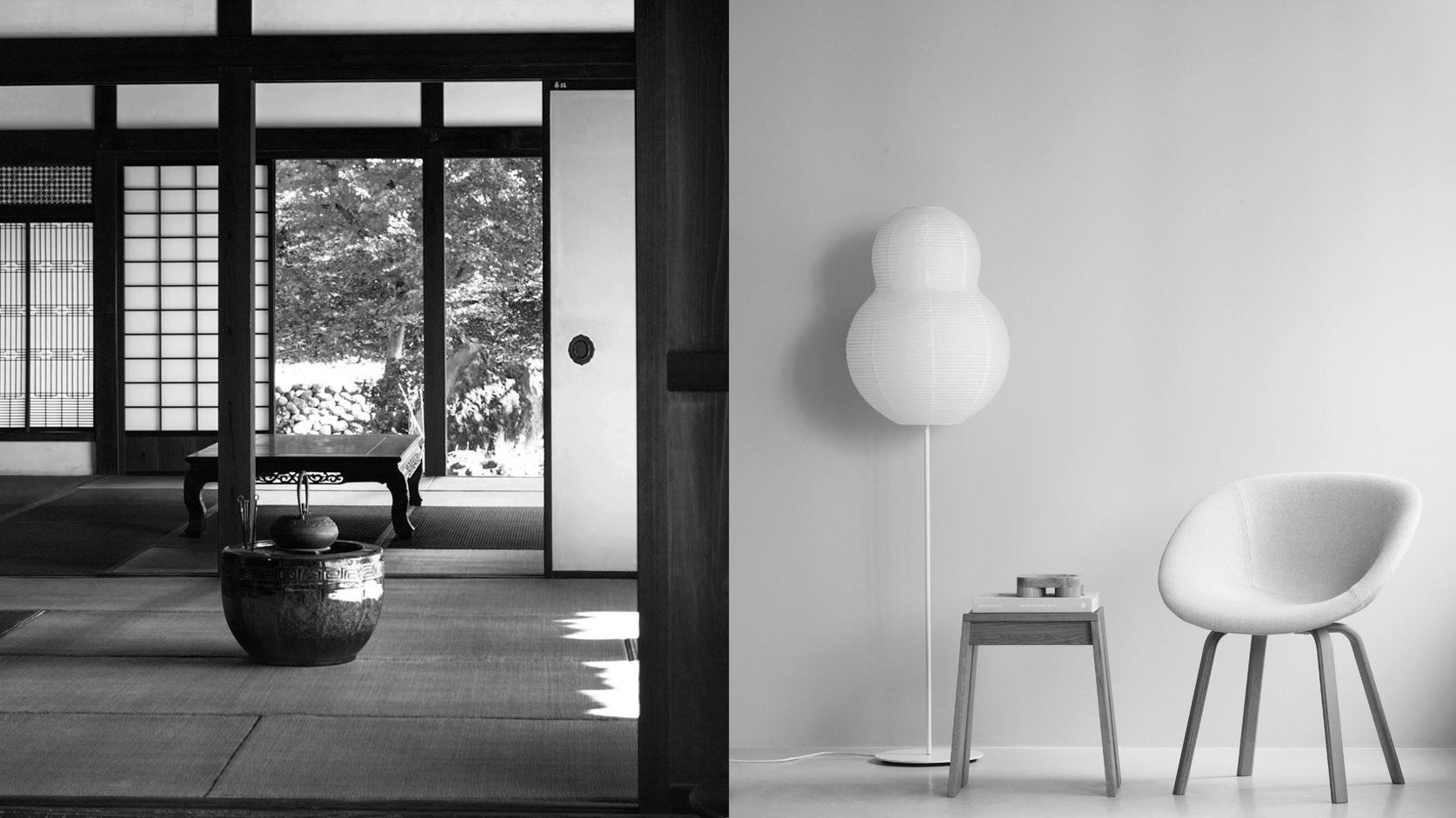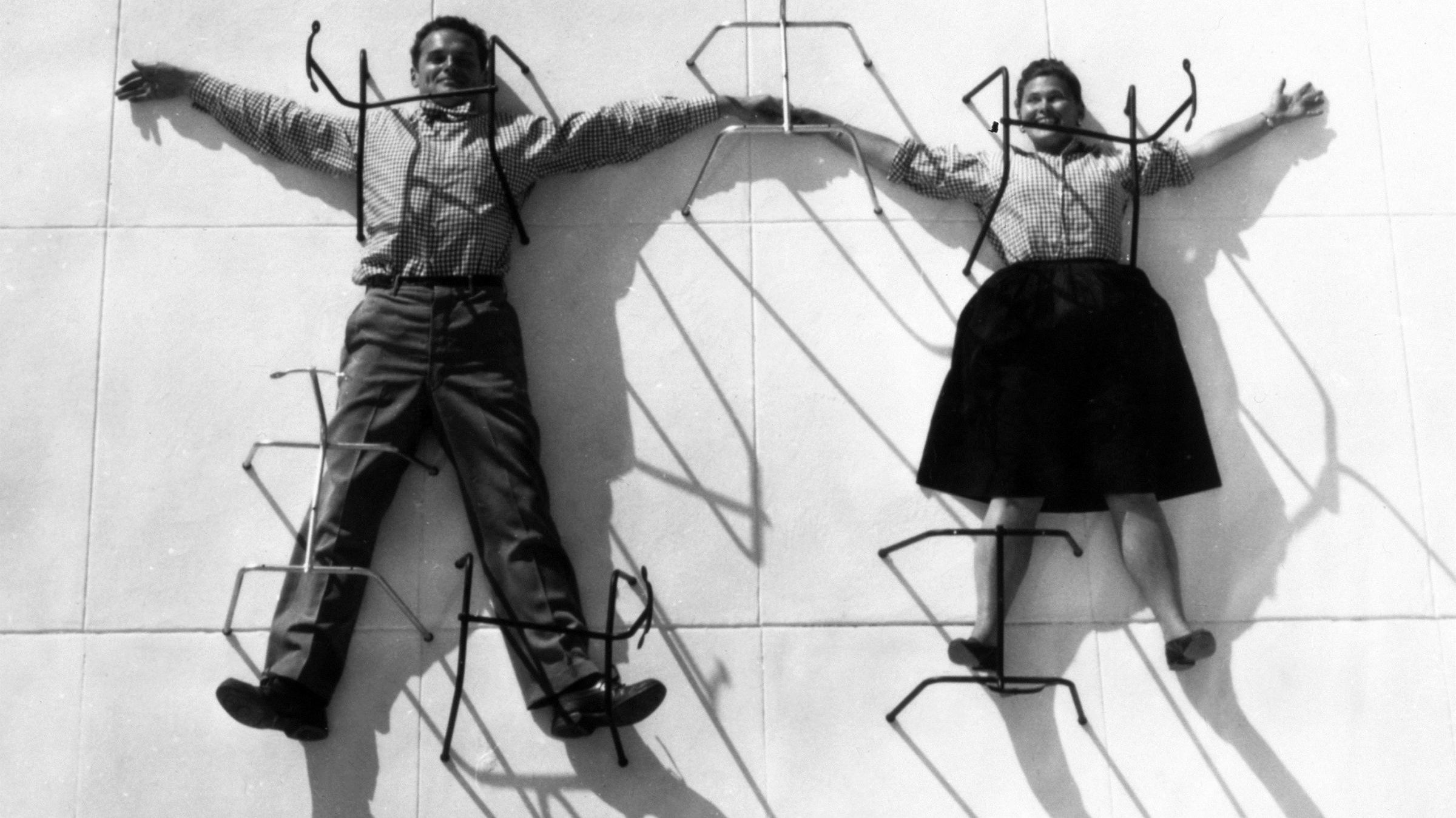Rooted in simplicity and functionality, minimalist interior design is a style that remains timeless. It features clean lines, uncluttered spaces, and a neutral color palette. Minimalist interior design goes beyond mere aesthetics; it embodies a lifestyle that helps individuals prioritize what truly matters. In this article, we will explore everything you need to know about minimalist home decor, including why minimalist decor living rooms and other spaces continue to be a popular choice for modern living.
(Minimalist Interior Design: Key Principles and What You Need to Know - dans le gris)

Image Credit: Monika Mroz, IGNAT: Designing Tranquility — Inside the Minimalist World of Isern Serra and Valeria Vasi.
(Minimalist Interior Design: Key Principles and What You Need to Know - dans le gris)
The Meaning of Minimalist Interior Design
Minimalist interior design has its roots in the minimalist art movement of the 1960s. This movement emerged as a reaction against the complexity and excess of earlier art styles, emphasizing objectivity and rejecting the personal expression and symbolic meanings prevalent in previous art forms. Over time, minimalist design has evolved into a popular choice for modern interiors. The appeal of minimalist interior design lies in its ability to create spaces that are not only aesthetically pleasing but also promote mental clarity and tranquility.
At its core, minimalist design is about achieving elegance through simplicity. British architect John Pawson, known for his minimalist approach, famously stated, "Minimalism is not defined by what is not there but by the rightness of what is and the richness with which this is experienced." This perspective emphasizes that minimalist interior design is not merely about removing elements but about the thoughtful selection and arrangement of each piece.

John Pawson’s minimalist house in rural Wales, photographed by Gilbert McCarragher.
In minimalist interiors, every item is carefully chosen to ensure it contributes to the overall aesthetic and functionality of the space. The focus is on creating a calming atmosphere where each element enhances the sense of openness and tranquility. This deliberate approach to minimalist interior design results in spaces that are not only visually appealing but also deeply enriching for those who experience them.
(Minimalist Interior Design: Key Principles and What You Need to Know - dans le gris)
Core Principles of Minimalist Interior Design
Minimalist Interior Design is built on a foundation of simplicity, functionality, and intentionality. It emphasizes creating spaces that are both beautiful and practical, focusing on eliminating excess and embracing essential elements. Here are the core principles that define this timeless design style, which will help you understand the main ideas of minimalist interior design:
1. Simple and Functional
At the heart of Minimalist Interior Design is the concept of simplicity. It’s important to note that while minimalist spaces may appear simple, achieving this look is not as easy as it seems. This principle is reflected in the clean lines and uncluttered spaces that define minimalist homes. Whether you’re designing a minimalist decor living room or an entire house, the goal is to strip away unnecessary elements, leaving only what is essential. This means choosing furniture and decor that serve a purpose and are selected for their simplicity in both form and function, contributing to a cohesive and serene environment.
Karimoku Case Study at The AXIS Gallery in Tokyo. Lounge chair designed by Norm Architects, Keiji Ashizawa, and Karimoku, crafted with Sørensen Leather. Photo by Masaki Ogawa.
(Minimalist Interior Design: Key Principles and What You Need to Know - dans le gris)
2. Neutral and Monochrome Color Palette
A key characteristic of minimalist home decor is the use of a neutral color palette. These colors embody the minimalist philosophy of "less is more." Whites, grays, beiges, and soft earth tones dominate minimalist interiors, creating a calm and harmonious atmosphere. Various shades of gray can add visual interest and depth while maintaining a neutral backdrop. This color scheme enhances the sense of openness and allows carefully chosen pieces of furniture and decor to stand out.

A key characteristic of minimalist home decor is the use of a neutral color palette.
While the emphasis is on neutral tones, minimalist interior design sometimes incorporates different shades of a single color to add subtle interest and variation without straying from the minimalist aesthetic. Bright and bold colors are generally avoided, as they can disrupt the peaceful and unified feel of the space. Instead, the focus remains on using restrained and subtle colors to maintain a serene and harmonious environment.
(Minimalist Interior Design: Key Principles and What You Need to Know - dans le gris)
3. Quality Over Quantity
In minimalist interior design, the principle of "quality over quantity" is essential. Although minimalist design is popular today and can be seen everywhere, not all minimalist products truly follow this core principle.
Quality over quantity means choosing fewer, more meaningful, and high-quality items instead of filling a space with many possessions. Minimalist decor emphasizes premium materials that are both durable and attractive. By selecting materials such as solid wood, natural stone, and high-grade fabrics, each piece is made to be elegant and long-lasting. This approach reduces the need for frequent replacements and supports a more sustainable lifestyle.
In minimalist interiors, every item is chosen for its appearance and functionality. High-quality, multifunctional pieces are preferred because they enhance both the room’s look and its usability. This focus helps create spaces that are beautiful and practical. By following the principle of "quality over quantity," minimalist interior design results in environments that are elegant, purposeful, and timeless, making them visually appealing and deeply satisfying.
(Minimalist Interior Design: Key Principles and What You Need to Know - dans le gris)
4. Using Natural Light
In minimalist interior design, using natural light is a fundamental principle that enhances both the aesthetic and functionality of a space. Beyond having fewer items and a clean appearance, minimalist design focuses on maximizing natural light to create a bright, open, and airy atmosphere.
Large windows, skylights, and glass doors are commonly incorporated to bring in ample daylight, making spaces feel more expansive and connected to the outdoors. This design approach not only improves comfort but also aligns with the minimalist philosophy of simplicity.

In minimalist interior design, the use of natural light is a fundamental principle. Image courtesy of Norm Architects and Keiji Ashizawa Design.
Using natural light plays a crucial role in accentuating the clean lines and simple forms characteristic of minimalist interiors. The interplay of light and shadow adds dimension and interest to the space, enhancing its character without introducing visual clutter.
Moreover, natural light significantly impacts the mood and ambiance of a room. In minimalist design, it is used to foster a serene and tranquil environment, contributing to a sense of well-being and relaxation. By integrating natural light effectively, minimalist interiors achieve a harmonious balance that enhances both the visual appeal and functionality of the space.
(Minimalist Interior Design: Key Principles and What You Need to Know - dans le gris)
The Benefits of Minimalist Interior Design
Minimalist interior design offers numerous benefits beyond its aesthetic appeal. One significant advantage is its ability to create a clutter-free environment, making spaces feel open and expansive. This simplicity not only reduces visual stress but also fosters a serene and peaceful atmosphere. In today’s world, which is often filled with information and distractions, minimalist spaces offer a welcome escape from the chaos.
Characterized by clean lines and a neutral color palette, minimalist interior design contributes to a timeless aesthetic that remains stylish and relevant. Unlike fleeting trends, minimalist design emphasizes simplicity and functionality, helping it avoid becoming outdated. By focusing on essential elements and avoiding excessive ornamentation, minimalist interiors retain their appeal across different design periods and trends.

Minimalist interior design promotes thoughtful consumption and sustainability. Photo credit: Salvatori.
In an era where consumer products are frequently replaced due to shifting trends and new releases, minimalist design stands out for its durability and enduring appeal. Emphasizing quality over quantity ensures that minimalist spaces are less susceptible to rapid changes in design trends. Instead, they offer a stable, elegant environment that doesn’t require constant updates or overhauls.
Additionally, minimalist interior design promotes thoughtful consumption and sustainability. By investing in fewer, high-quality pieces, you reduce waste and support a more eco-friendly lifestyle. This focus on quality over quantity not only enhances the visual and functional aspects of your space but also contributes to a more sustainable and mindful way of living.
(Minimalist Interior Design: Key Principles and What You Need to Know - dans le gris)
Recommended Books on Minimalist Interior Design
Before we conclude our discussion on minimalist interior design, we hope you have a clearer understanding of the topic. If you're interested in learning more, we've curated a list of recommended books for further reading. Whether you’re looking for practical tips or creative inspiration, these books offer valuable insights and guidance.
Minimalista: Your Step-by-Step Guide to a Better Home, Wardrobe, and Life

Elevate your personal style, simplify your belongings, and transform your life, one room at a time, with Minimalista by Shira Gill. As a renowned professional organizer, Shira Gill offers a comprehensive guide to decluttering and home organization. Designed for anyone seeking a more organized and stylish living space, Minimalista provides practical strategies and insights to help you achieve lasting results. (Learn More)
Soft Minimal: Norm Architects: A Sensory Approach to Architecture and Design

This monograph showcases the essence of Norm Architects' design philosophy, blending humane simplicity with balanced elegance. The book explores their unique approach to creating spaces that prioritize both aesthetic appeal and personal well-being. With projects spanning Scandinavia, Italy, and Japan, Soft Minimal highlights Norm Architects' commitment to Nordic traditions, modernist principles, and the use of natural materials. Through a curated selection of residential and commercial designs, this book offers an insightful and inspirational look into how simplicity can be both richly complex and profoundly poetic. Experience how Norm Architects’ soft minimalism can transform environments into harmonious spaces that engage the mind and the body. (Learn More)
John Pawson: Anatomy of Minimum

John Pawson, the British architect praised by Lux magazine as the master of minimalism, is the focus of this comprehensive volume. The book delves into the defining elements of Pawson’s architectural style, highlighting his mastery of proportion, light, and minimalism. It presents a curated selection of his recent works, including domestic projects like his rural English home, sacred spaces, and repurposed structures such as London’s Design Museum. Through detailed explorations of windows, doors, and walls, this monograph offers valuable insights into Pawson’s precise minimalist design language and his approach to creating serene, functional spaces. Ideal for enthusiasts of minimalist architecture and design, this book is a must-have addition to your collection. (Learn More)
(Minimalist Interior Design: Key Principles and What You Need to Know - dans le gris)
Read More Design Articles:
• Mid-Century Modern Design Style: Key Characteristics and Famous Architects
• Ma: The Japanese Aesthetic of Negative Space and Time
• Japandi Style: A Contemporary Fusion of Japanese and Scandinavian Design
• Art Deco: A Complete Guide to Roaring Twenties Decorative Style
About Us
Dans Le Gris is a brand that started with everyday jewelry; each handmade piece is designed and crafted in Taiwan. We deeply value every detail, dedicating ourselves to creating enduring pieces through collaboration with experienced craftsmen.
In our journal, we provide irregular updates featuring articles about art, culture, and design. We aspire to furnish our readers with profound insights and inspiration across a broad array of creative subjects. From the daily inspirations found in art and design to the timeless beauty of traditional craftsmanship and philosophy, our curated content encompasses diverse aspects of life. We hope you enjoy our content, and thank you for being here.






